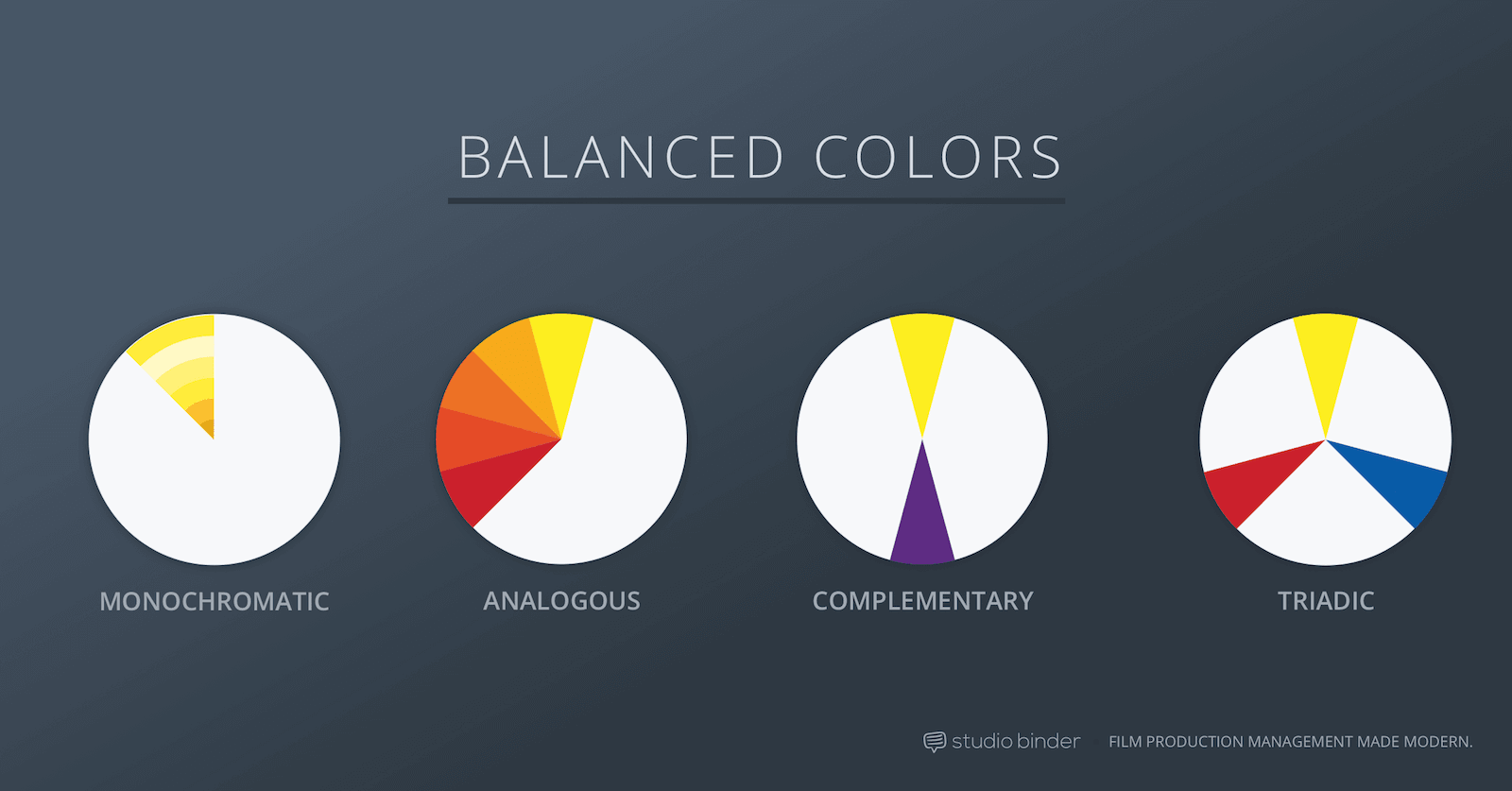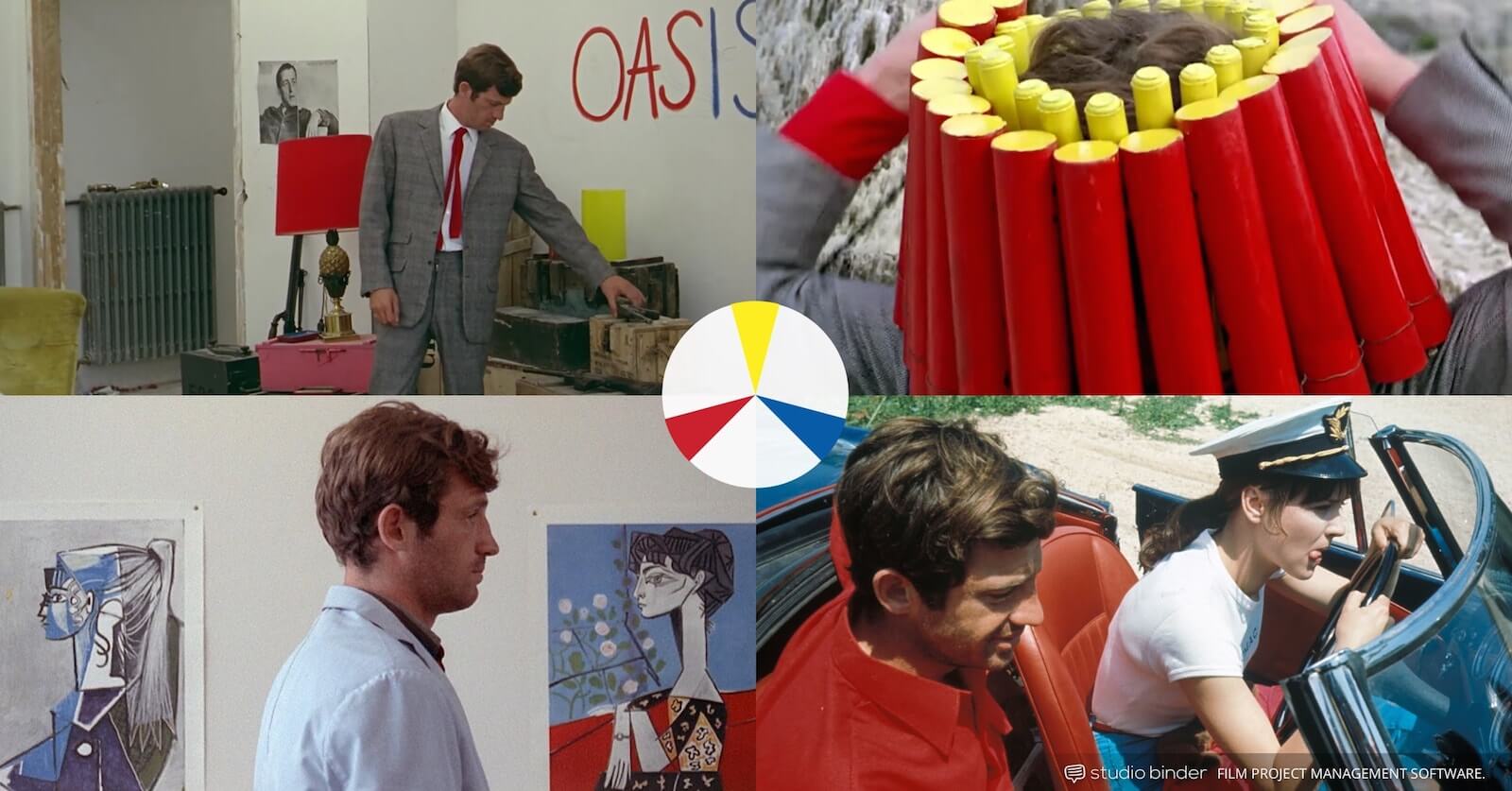Let's Talk About Color and Tone in Film
Since films were created, even shadows in black and white films, color and shade has been used to set the tone of the film, and draw focus to significant details. When telling a story it can even be used to represent the traits of your characters, and show changes such as time throughout or a change in story archs.
For example in a short film i recorded for class i used a blue dress to represent the loneliness of the character. color is defined by hue, saturation, and brightness or HSB. By using HSB you can manipulate the emotions your viewers feel and overall tone. For example brighter often seems exciting while darker images can seem more dramatic. No color is dead set in what it makes you feel, different colors can offer different reactions and vastly different colors can offer similar reactions. Before you even watch a film you can tell from scenes the feel of the picture.
Color coding can set all sorts of scenes. For example you could use green to have a more ominous tone of show nature or immaturity. Blue, can be used to show cold, isolation, more of a melancholy theme, and so on. Color pallets can be arranged based on how they balance each other and how they communicate thematic ideals. The balanced color scheme has four categories, monochromatic a deeply harmonious scheme, analogous closer to simpatico or kindred, complementary tense or imposing, and triadic vibrant and balanced.
Complementary colors are able to be used in contrast to each other to bring "life" and make things stand out or "pop" in frame. creates almost dueling like colors that can represent conflict internal and external.

Analogous color schemes use colors that are near to each other on on the color wheel to please the eye. While lacking the tension you receive with complementary colors they create a sense of unity instead." In general when creating an analogous color scheme, one color is chosen to dominate, a second to support, and a third (along with blacks, whites and grey tones) to accent." - https://www.studiobinder.com/blog/how-to-use-color-in-film-50-examples-of-movie-color-palettes/ (definitely check out for more information)

Triadic Color Schemes consist of three evenly spaced colors on the color wheel. Using one as a domineering color while the other two contrast and complement.

Monochromatic Color schemes consist of one singular color to create a deep feeling of harmony, soft and constant. Usually invokes a soothing effect. a great example of this is the green used in the Matrix films to represent being inside of the Matrix.

Another category would be discordance colors which are used in non traditional ways throughout films to surprise audiences and draw attention to a direction. Usually used to draw attention a singular moment or object in the film.
For example in a short film i recorded for class i used a blue dress to represent the loneliness of the character. color is defined by hue, saturation, and brightness or HSB. By using HSB you can manipulate the emotions your viewers feel and overall tone. For example brighter often seems exciting while darker images can seem more dramatic. No color is dead set in what it makes you feel, different colors can offer different reactions and vastly different colors can offer similar reactions. Before you even watch a film you can tell from scenes the feel of the picture.
Color coding can set all sorts of scenes. For example you could use green to have a more ominous tone of show nature or immaturity. Blue, can be used to show cold, isolation, more of a melancholy theme, and so on. Color pallets can be arranged based on how they balance each other and how they communicate thematic ideals. The balanced color scheme has four categories, monochromatic a deeply harmonious scheme, analogous closer to simpatico or kindred, complementary tense or imposing, and triadic vibrant and balanced.

Complementary colors are able to be used in contrast to each other to bring "life" and make things stand out or "pop" in frame. creates almost dueling like colors that can represent conflict internal and external.

Analogous color schemes use colors that are near to each other on on the color wheel to please the eye. While lacking the tension you receive with complementary colors they create a sense of unity instead." In general when creating an analogous color scheme, one color is chosen to dominate, a second to support, and a third (along with blacks, whites and grey tones) to accent." - https://www.studiobinder.com/blog/how-to-use-color-in-film-50-examples-of-movie-color-palettes/ (definitely check out for more information)

Triadic Color Schemes consist of three evenly spaced colors on the color wheel. Using one as a domineering color while the other two contrast and complement.

Monochromatic Color schemes consist of one singular color to create a deep feeling of harmony, soft and constant. Usually invokes a soothing effect. a great example of this is the green used in the Matrix films to represent being inside of the Matrix.

Another category would be discordance colors which are used in non traditional ways throughout films to surprise audiences and draw attention to a direction. Usually used to draw attention a singular moment or object in the film.
Comments
Post a Comment